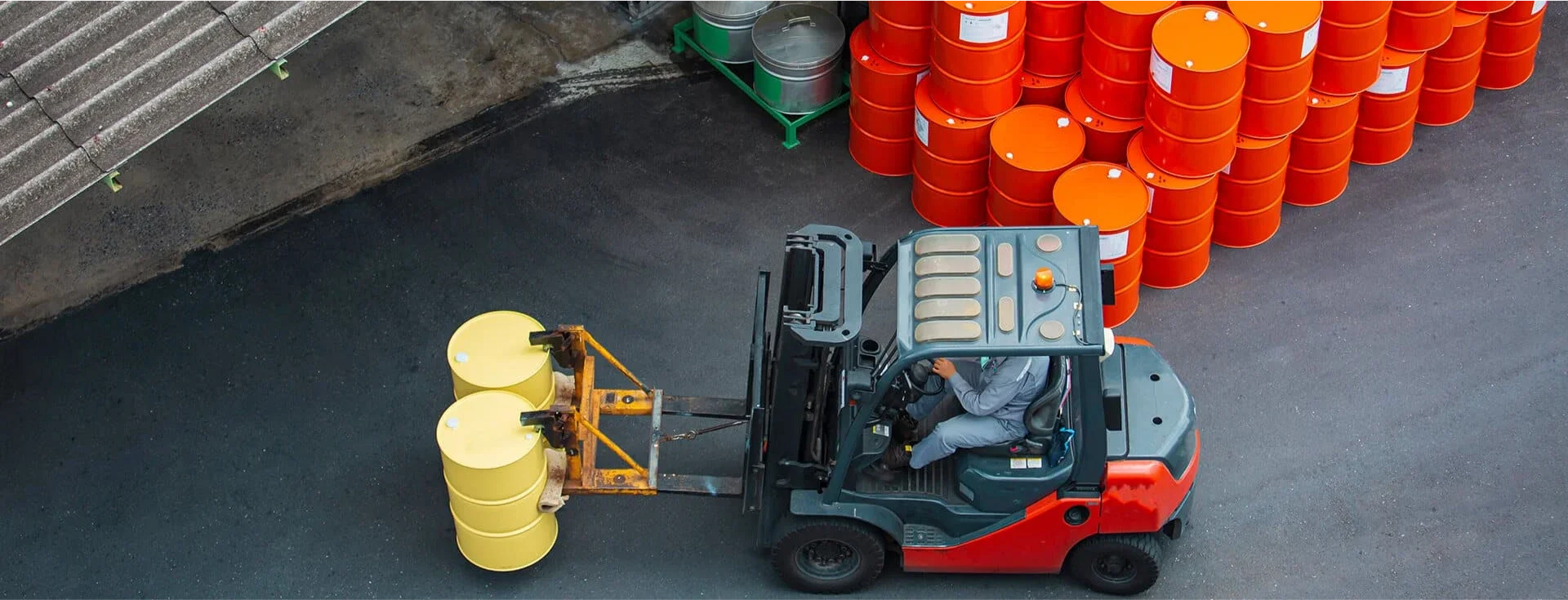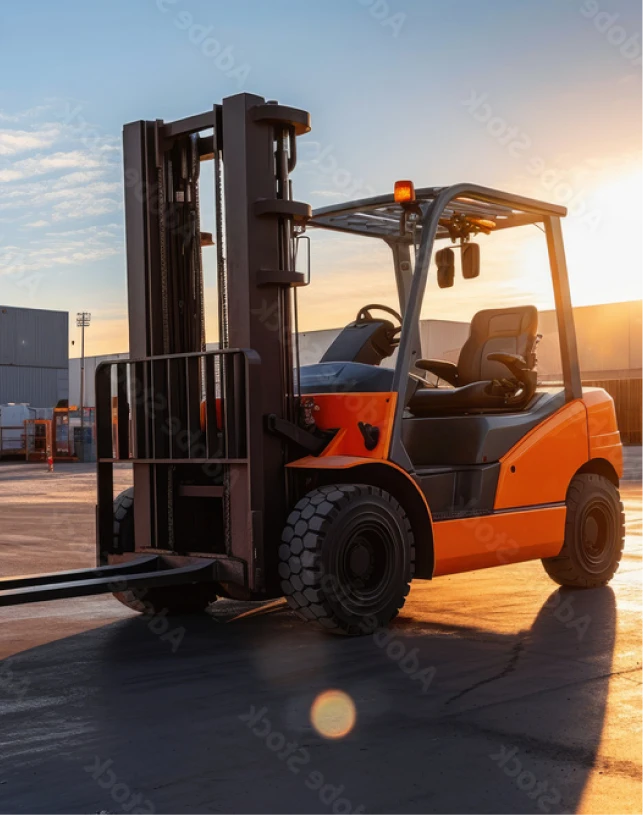Your cart is currently empty!
Top Trends Shaping the Future of Forklift Technology
Published
Categories

Introduction:
Maintaining a healthy forklift fleet is crucial for smooth warehouse operations. However, constant wear and tear can lead to premature aging and decreased efficiency. In this guide, we’ll explore practical tips to extend the lifespan of your forklift fleet, ensuring optimal performance and longevity.
Regular Maintenance Routine:
Implementing a regular maintenance schedule is key to preserving your forklifts. Conduct daily inspections to check for any signs of wear or damage, and address issues promptly. Schedule routine servicing and adhere to manufacturer-recommended maintenance intervals to keep your forklifts in top condition.
Operator Training and Best Practices:
Well-trained operators are essential for safe and efficient forklift operation. Provide comprehensive training programs to ensure operators are familiar with proper handling techniques, safety protocols, and equipment maintenance procedures. Encourage adherence to best practices such as avoiding overloading, driving at safe speeds, and using proper lifting techniques to prevent unnecessary strain on the forklifts.
Optimized Work Environment:
Create an optimized work environment conducive to forklift operation. Ensure proper lighting, ventilation, and floor conditions to minimize accidents and reduce wear on the equipment. Implement clear traffic management systems, designate pedestrian zones, and provide adequate space for maneuvering to avoid collisions and damage to the forklifts.
Regular Inspections and Repairs:
Regular inspections are crucial for identifying potential issues before they escalate. Inspect forklifts thoroughly for worn-out components, leaks, or malfunctioning parts, and address them promptly. Invest in quality spare parts and enlist the services of certified technicians for repairs to ensure proper functioning and longevity of your forklift fleet.
Proactive Parts Replacement:
Certain components of forklifts are prone to wear and tear over time. Proactively replace these parts before they fail to prevent downtime and costly repairs. Common components that may require replacement include tires, brakes, hydraulic hoses, and bearings. Keep a detailed maintenance log to track component lifespan and schedule replacements accordingly.
Invest in Quality Equipment:
Finally, investing in quality forklifts from reputable manufacturers can significantly impact the lifespan of your fleet. Choose forklifts known for their durability, reliability, and ease of maintenance. While upfront costs may be higher, the long-term benefits in terms of reduced downtime and maintenance expenses outweigh the initial investment.



Conclusion:
By implementing these proactive measures, you can extend the lifespan of your forklift fleet, maximize productivity, and minimize downtime. Regular maintenance, operator training, optimized work environments, proactive inspections, and quality equipment are essential components of a successful fleet management strategy. With proper care and attention, your forklift fleet can continue to serve your warehouse operations efficiently for years to come.
Leave a Reply